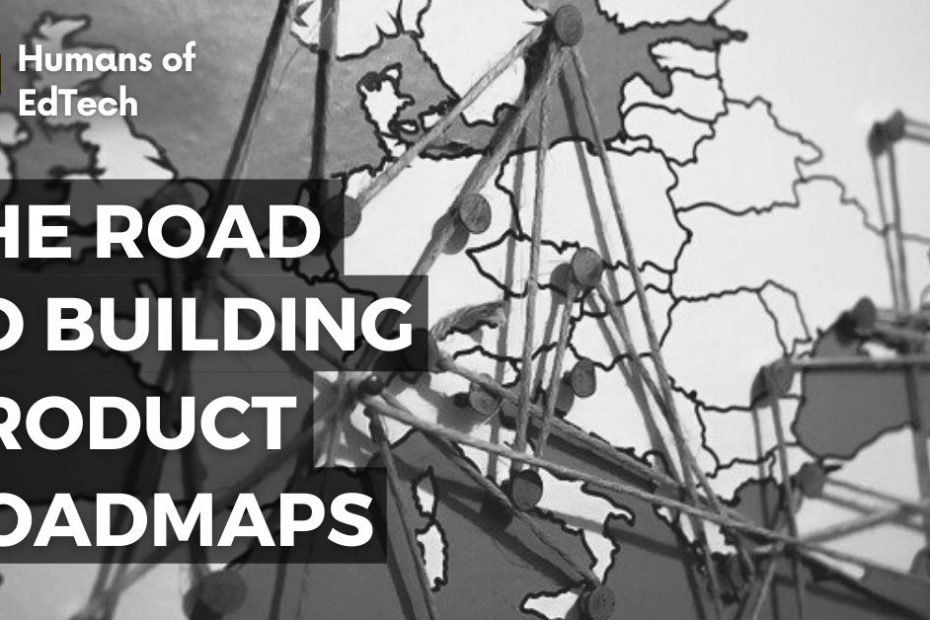An Introduction To Product Roadmap
A planning technique that holds up the strategies and the long term planning solutions of the product is known as the Product Roadmap. It clearly defines the goal or the outcome of a particular strategy applied. It comprises the entire process of defining the goal of the strategy to implementing the several features.
It is seen that mostly all the businesses are adapting this technique to visualize their plan. There are dedicated softwares of it available in the market. Most of the product managers consider this as a dynamic compass acting as a perfect guide.
Road-mapping is an essential part of the strategic planning process. It helps in implementing the strategies into practical work. As you have a clear visualization in front of you, it becomes easy for the team as well to be focussed. And they are aware of what to do next. You can also prioritize things accordingly and let the team members work on it.
For a complete product experience, the involvement of the entire team with the product manager is very important. A good product roadmap includes cross-functional teams and factors.
For instance, in a company, the marketing team prepares for the launches and the campaigns, the information technology works on the overall technical infrastructure and the sales team work on the overall sales of the product. So it is the combined work of the entire team for a particular product development.
Try to keep your process of road-mapping inclusive to have a greatest organizational alignment.
Types of Roadmaps
Road-mapping is an essential way to present your product plans. There are several components which you can use in your roadmap like defining product, goals, initiatives, releases, epics, features, and more. Listed below here are four types of product roadmap.
Strategy Roadmap: The efforts or the initiatives made by the company for the product are displayed in the strategy roadmap. It depicts the amount of high-level efforts and time required to achieve the goal related to the product. You can also showcase your initiative in front of the team members and can then work on the release of the contribution on the overall product strategy.
Portfolio Roadmap: It gives you a single view of the planned releases across many products. It is an essential way by which you can overview the strategic plan in front of the executive or the advisory board. With this, your team members will also get an idea on the specific task to work on.
Releases Roadmap: The release roadmap works on the activities based on the work related before the release of the product. It includes things like what needs to be done, when to be done, and by whom it needs to be done. You can also coordinate with cross-functional teams such as marketing, sales, and customer support to keep a track on the release activity.
Features Roadmap: A feature roadmap displays the timeline of the additional features to be launched. It acts best for the customers and the other team members to inform them about what’s coming up next in the line.
What Is Included In A Product Roadmap?
An ideal product roadmap includes things like:
High-level business goals.
Features for achieving it.
Suitable charts for tracking the progress.
How To Build Your Product RoadMap?
Before going deep into the building process of roadmaps, you need to know your business goal. Because then only you provide that initiative in achieving the goal. On this basis, only you will decide the release of your product and the additional features related to it. You will have a clear visualisation and featured timeline by which you can work accordingly.
Listed below are the five important steps that need to be followed while building the roadmap. The steps are:
Step 1: Define the product strategy.
It is the most important step, as you must know why you are building the roadmap. In this step you have to set your vision, goals, and initiatives for the product. A clear vision is must in order to develop and maintain a competitive advantage. You should note important information like the details of your customers, what are their requirements and how will they get your product in the market.
Step 2: Evaluate and manage ideas.
Regular review of the customer’s requests is a must. The best way to do this is by ranking each of them. You can use different metrics to evaluate the scores. The ideas which hold much significance can be ranked higher and can be made a priority to consider.
Step 3: Define the characteristics and demands.
In this step, identify the ideal features for the product road-mapping. Don’t forget to include the user stories and detailed requirements or the demands so that the engineers and the entire team can implement the respective solutions.
Step 4: Organise your release.
After setting the features, be prepared with the themes as well. Agile teams may also use epics to organize major work efforts. Once everything is done perfectly, then you may start planning for the release.
Step 5: Choosing the specific view.
While creating the roadmap, make sure you customize the information and level of detail that will be included. The information included may be based on the following things like the purpose of the roadmap who will see it and what’s the time frame.
Some Tips
Keep the roadmap simple as much as possible. Sometimes it is seen that in a much detailed roadmap, often the goal is missed or misinterpreted.
Make your roadmap strong. A collaborative road-mapping is a must. You can also run the workshops to engage everyone and can have a shared product roadmap.
If you have a goal oriented roadmap, make it worth measurable. If you don’t have a realistic target, then you won’t be able to meet your goal. Select the suitable target to meet the release date of the delivery of the product.
Image by TheAndrasBarta from Pixabay
Join to get sneak peek into what's happening
I write about books, experiences, product, UX, EdTech, early stage growth, validation – mostly tech. Subscribe if these topics interest you. Once every 15 days emailer. I promise – No spam. (I am known for it otherwise) 😉




